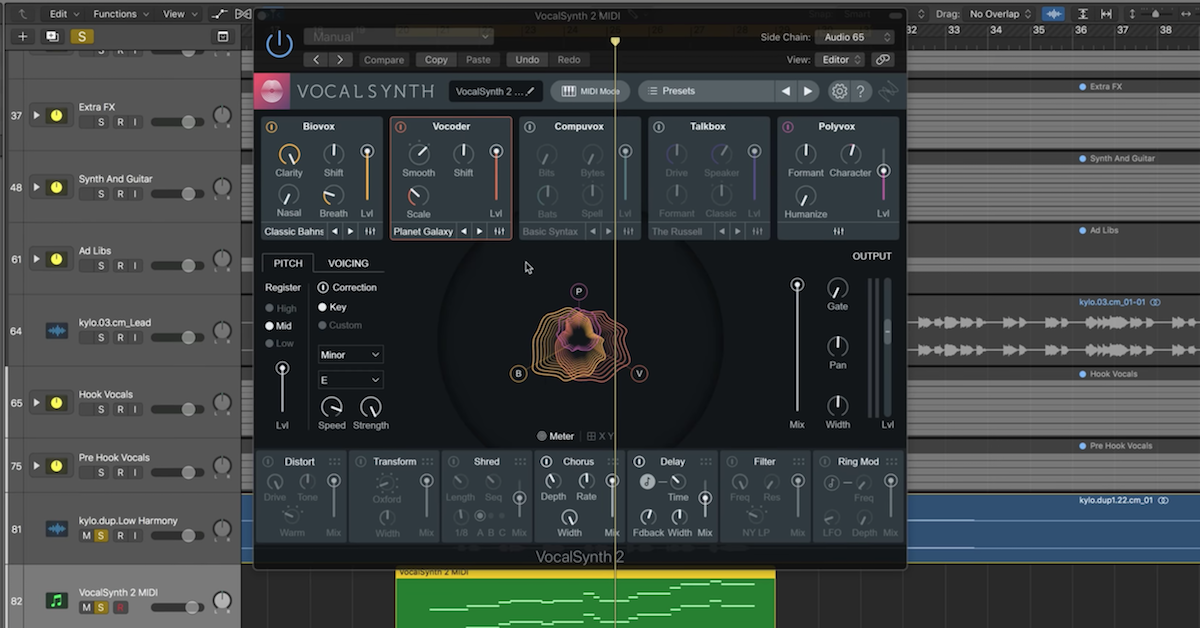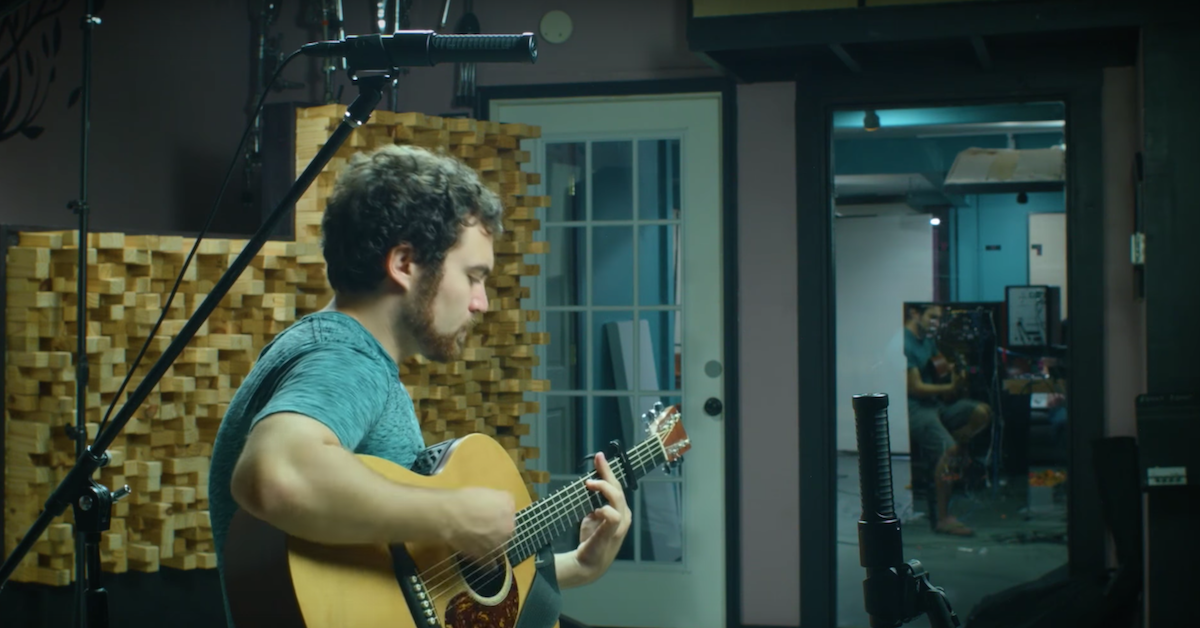10 Common Audio Myths Debunked
Article Content
For those who keep up with my articles, this will be a little bit of a divergence. This will be an op-ed style piece of common misconceptions and beliefs regarding audio. I do stress that anyone in this audio field give this a once over. There are lot’s of things people do and don’t do that can cause problems down the road. Most can be easily avoided.
So without any more stalling, here they are:
1. Room treatment is vital for sound quality.
This is true. While “sound quality” is not a linear concept, the most influential part of the sound, next to the source itself, is the space that it’s living in. Proper consideration must be given in this regard. Some rooms have “sweet spots” where the standing waves are neutral (or even flattering), but without proper attention, the best signal chain in the world can sound like utter garbage.
2. A good preamp is more important than a good mic.
The jury is out. The mic will have greater influence over the sound than the preamp. However, quality is again not linear – and often times, inexpensive dynamic mics react to sources better than expensive condensers. The preamp will ultimately bottle neck the fidelity of the sound, and will have some influence over the tone and shape. My experience has shown me that a great mic paired with even a decent pre, will yield the best results, a decent mic paired with a good pre will give good results, and a great mic through a crappy preamp will yield crappy results. But… it’s not really that simple.
3. Closets or other small spaces are ideal for vocal recording.
This is usually false. Even when lined with absorbers, compact spaces rarely make for the best vocal rooms. The room modes of tight spaces occur right in the mid-range where the vocals live. This causes something called comb filtering, which essentially thins out the sound in a can’t-fix-in-the-mix kind of way.
The ideal space for a vocal performance, if you want something with little reflection, is a medium sized space that’s very well treated – primarily with absorption, possibly with some diffusion. Or, a small room with non-parallel walls and fiberglass insulation. The general rule of thumb: if you record in a medium sized space, the vocal sounds like it’s in a medium sized space; and, if you record in a closet – it will sound – like the vocalist was in a closet.
4. Sound occurring outside of the human hearing range can be “felt.”
The jury is still out. There hasn’t been enough research to determine the effects of sub-sonic or super-sonic frequencies on people (go-go gadget college kid research project idea?). However, a lot of the mythology regarding super-sonic frequencies stems from how the audible frequencies are being effected. A common example is sampling rates – higher sampling rates in DAWs prevent aliasing that occurs within the audible spectrum (although it is caused by higher frequencies). Another fairly common example is high frequency band equalizers. The knob may say 30khz, but that band will effect frequencies much farther down the audible spectrum.
5. Mastering gives a song that radio ready sound.
This is totally false. Mastering is very important – however, the quality of a track starts at the performance and the song. The sound quality starts at the tracking. A well tracked recording is easy to mix – you’d really have to go out of your way to make it sound bad. That being said, great mixing can take a great recording to amazing places, or at least take a decent recording and make it sound good. If you wait until the mastering phase to look for quality, the mastering engineer will be doing her/his best to make the record listenable at all.
6. High quality cables improve the sound.
I can’t conclusive say this is false, but I am highly inclined to believe it is false. It’s unfortunately very hard to create an accurate A/B/X blind test with this primarily because our perception of sound changes on it’s own. You can play a sound, and a moment later play the exact same sound through the exact same system and legitimately hear a difference because sound is the perception of patterned pressure variance through a medium (usually air). Perception has as much to do with psychology as it has to do with physics. Regardless, the differences in conductivity along different wiring of the same material is minimal.
7. When recording, you will get the best quality sound by getting your level as close to 0dbFS without clipping.
This is decidedly false. This came about when there was mild concern for signal level going to digital at 16 bits. At 24 bits, you have eons of perfectly clean headroom. Conversely, most preamps function best at a gaining level that is significantly less that 0dbFS. In other words, even if hitting -1dbFS was the best in terms of digital, it would probably jeopardize the quality of signal coming from your preamp. Then of course, the analog stage of a converter operates best within a certain level (which will vary from item to item) – but most converters function operatively between -20dbFS and -10dbFS.
8. It is possible to remove the vocal from a printed song.
Gonna go with false on this one. Some incredible techniques have been developed to remove specific sound from printed audio – however, nothing does the job completely. EQ, gating, compression, Mid-Side application can suppress a vocal – sometimes very well, but vocals are broadband. An odder technique is spectral analysis, where the complete track is graphed out according to frequency, amplitude, and time. Patterns within the sound can be traced and edited using something like photo shop and re-encoded back into sound. However, even this technique has limitations particularly when it comes to vocals.
9. Listening on ear-buds for long periods causes hearing damage.
Ear-buds can cause hearing damage, however, there is no evidence showing that they cause hearing damage any more readily than any other playback system. The caution is two fold. Ear-buds get very close to our inner ear, and our hearing is adaptive. This is a risky combination because the longer we listen to playback at a certain loudness, the less we perceive that volume level as being “loud.” There is the tendency to keep turning up the music the longer we listen.
10. You need better gear to make better recordings.
False. You need the correct gear for the recording at hand. You need better ears to make better recordings. Instead of just investing in gear, invest in knowledge, invest in listening, invest in new techniques, invest in improving your ears and understanding. You can also make great sounding recordings and mixes on a budget.






